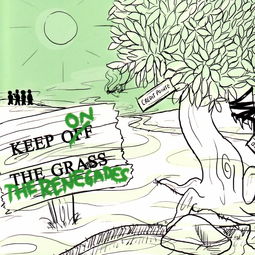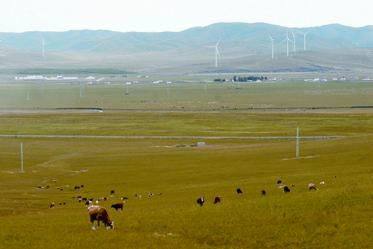Does Sand Kill Grass?
When it comes to landscaping and gardening, the question of whether sand can kill grass often arises. As someone who has spent years nurturing green spaces, I can confidently say that the answer is not straightforward. It depends on various factors, including the type of grass, the quality of the sand, and the conditions in which it is used. Let’s delve into the details to understand the potential impact of sand on grass.
Understanding the Composition of Sand

Sand is a natural material composed of tiny, rounded grains. It is commonly found in deserts, beaches, and riverbeds. While sand is essential for drainage in gardens, it can also be detrimental to grass if not used correctly.
The Role of Sand in Soil

Sand is known for its excellent drainage properties. In areas with heavy clay soils, adding sand can help improve the soil structure and prevent waterlogging. However, excessive sand can lead to several issues for grass.
Impact of Sand on Grass

1. Lack of Nutrients: Grass requires a balanced supply of nutrients to thrive. Sand is generally nutrient-poor, which means it can deplete the soil of essential nutrients, leading to weak and unhealthy grass.
2. Poor Root Development: Grass roots need to penetrate deeply into the soil to access water and nutrients. Sand particles are small and do not provide a strong foundation for root growth. This can result in shallow root systems, making grass more susceptible to stress and damage.
3. Water Retention: While sand is excellent for drainage, it also has poor water retention capabilities. This means that grass may not receive enough moisture, leading to dry and wilted foliage.
Types of Grass and Their Susceptibility to Sand
Not all grasses are equally susceptible to the negative effects of sand. Here’s a breakdown of different grass types and their tolerance to sand:
| Grass Type | Tolerance to Sand |
|---|---|
| Bermuda Grass | Highly Tolerant |
| St. Augustine Grass | Moderately Tolerant |
| Buffalo Grass | Low Tolerance |
| Zoysia Grass | Low Tolerance |
Bermuda grass is highly tolerant to sand, making it a popular choice for sandy soils. On the other hand, grasses like Buffalo and Zoysia are more sensitive and may struggle to grow in sandy conditions.
Preventing Sand from Killing Grass
1. Mix Sand with Compost: To mitigate the negative effects of sand, mix it with compost or other organic matter. This will provide the grass with essential nutrients and improve soil structure.
2. Use Sand as a Topdressing: Instead of adding sand to the entire garden, consider using it as a topdressing on existing grass. This will help improve drainage without overwhelming the grass with nutrient-poor material.
3. Regular Maintenance: Keep an eye on your grass and water it regularly. This will help ensure that it receives enough moisture and nutrients to thrive.
Conclusion
In conclusion, sand can indeed kill grass if used incorrectly. However, with proper preparation and maintenance, it is possible to create a healthy and vibrant grass lawn even in sandy soils. By understanding the composition of sand, the specific needs of your grass, and implementing the right strategies, you can enjoy a lush, green lawn for years to come.
